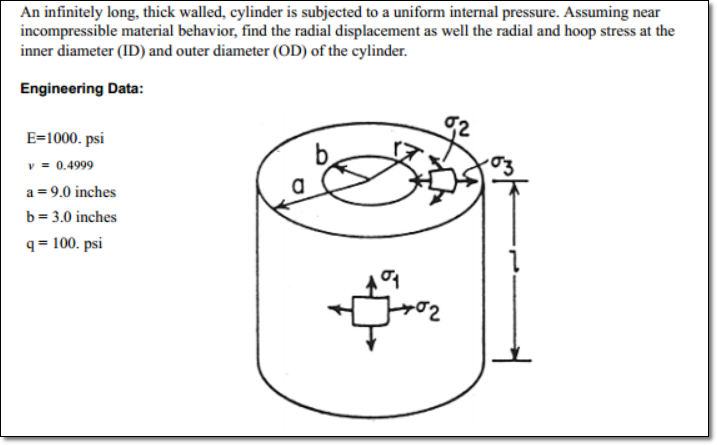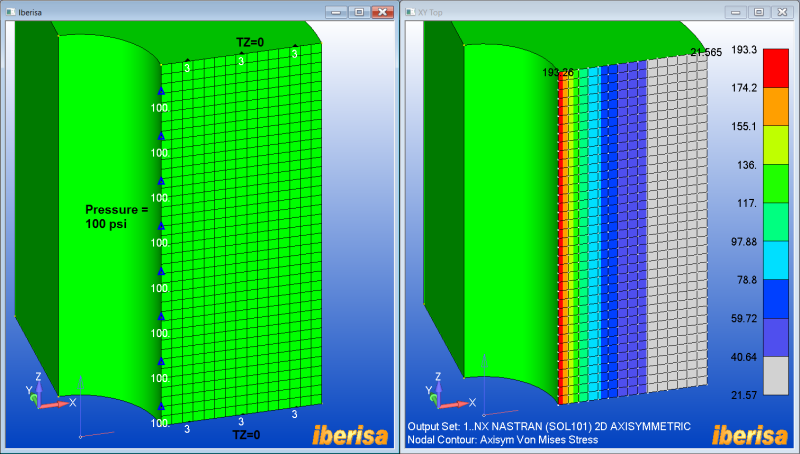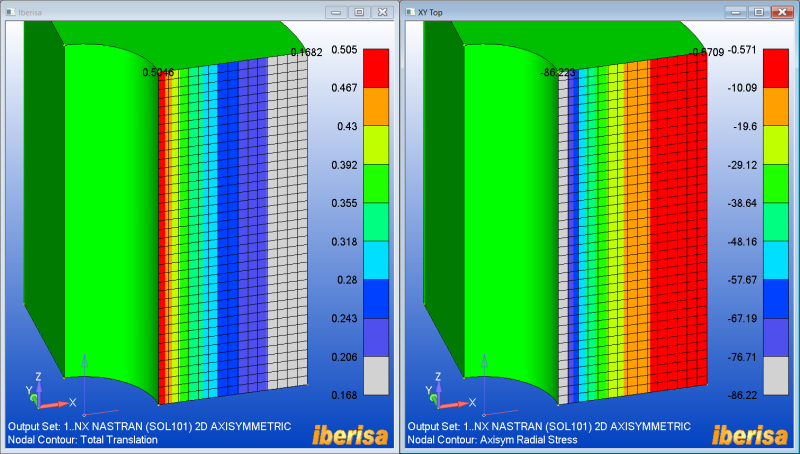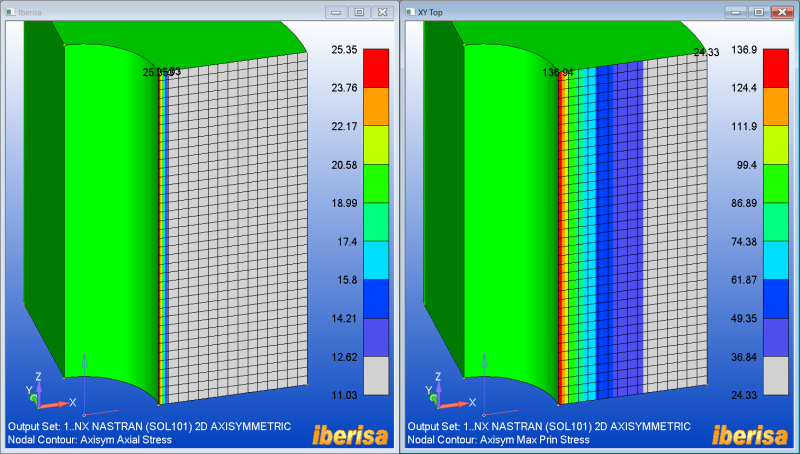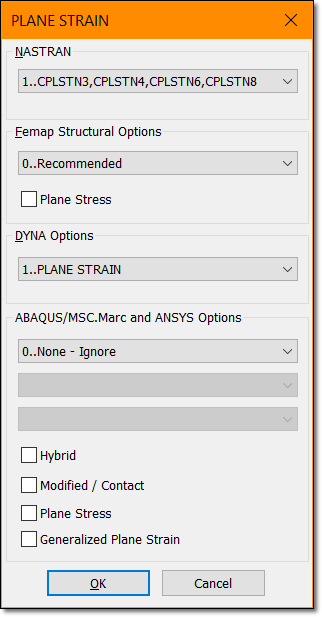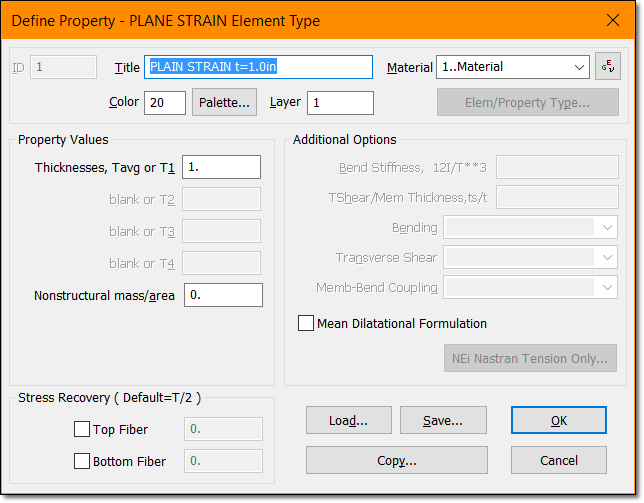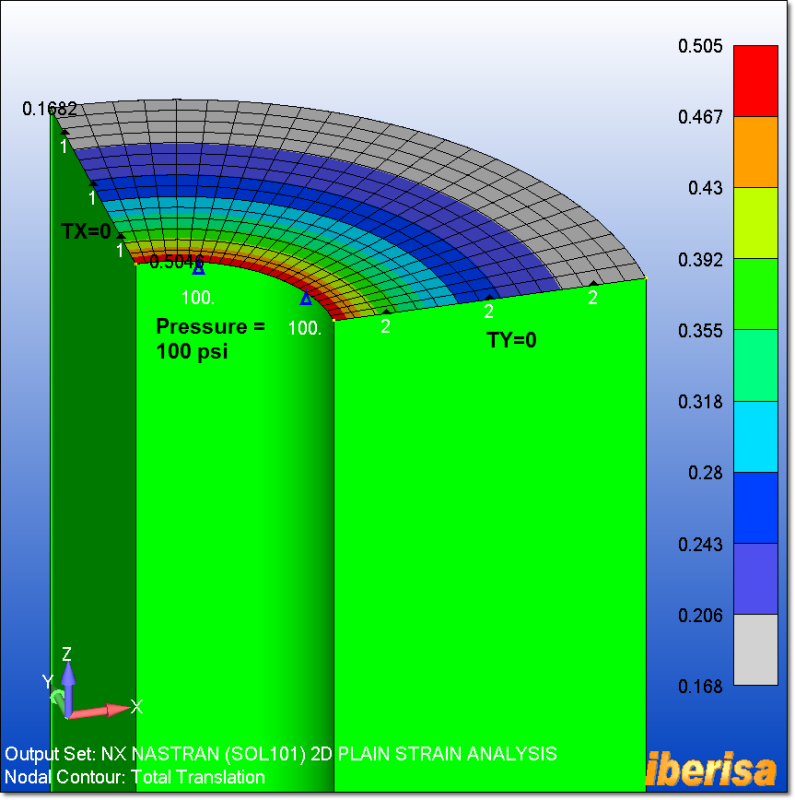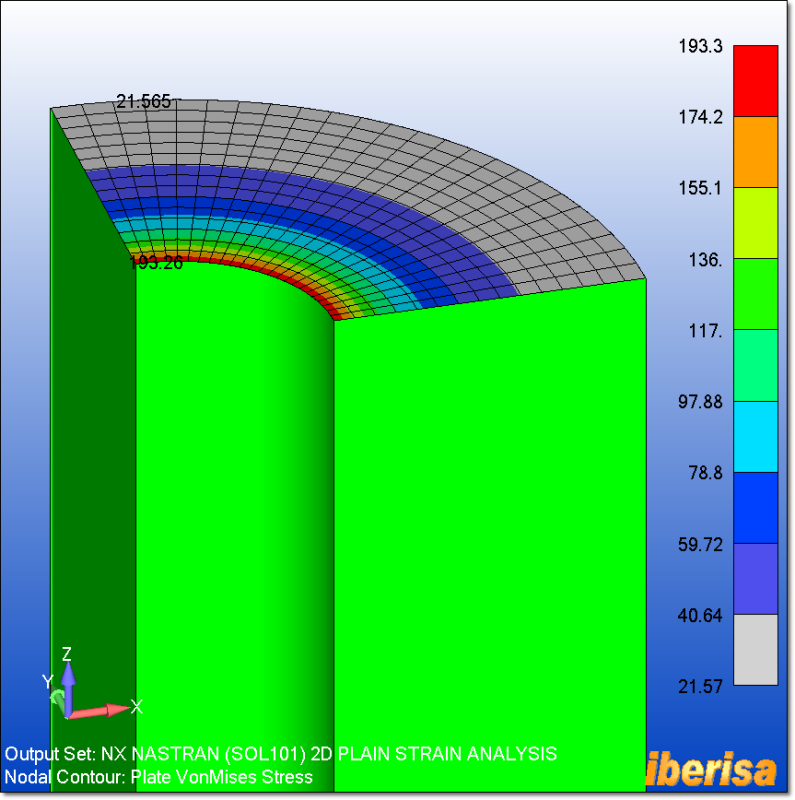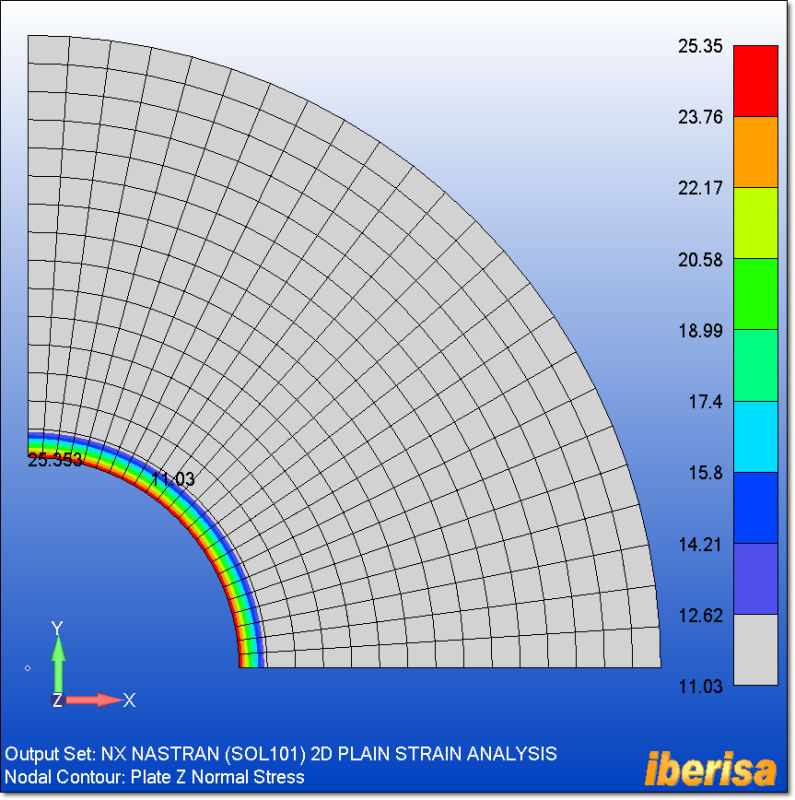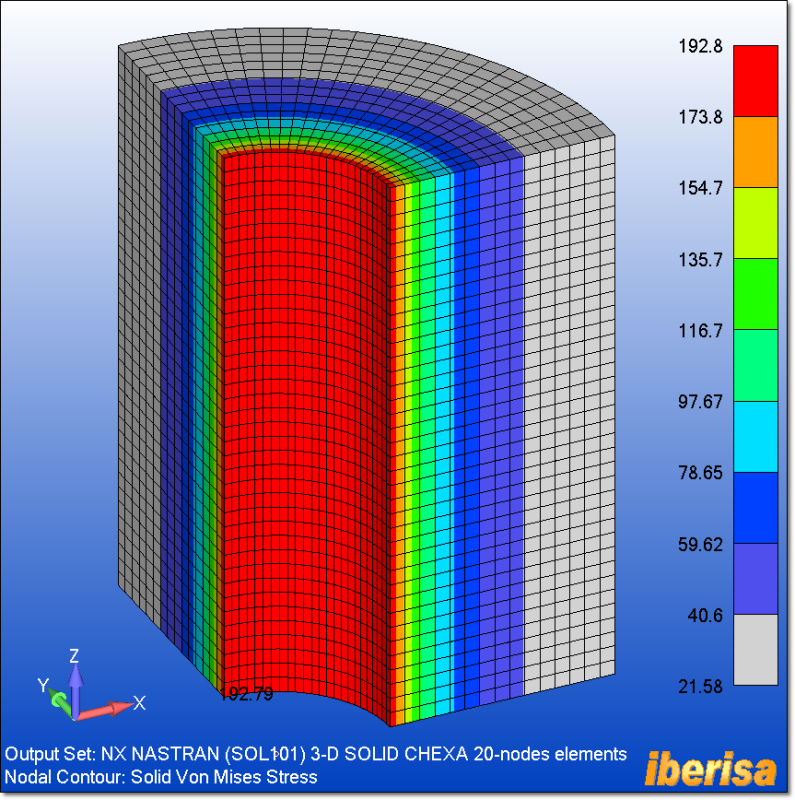sushi75
New member
- Mar 11, 2015
- 84
Hello everyone,
I try to model a cylinder of internal radius a and external one b. The structure is submitted to a radial pressure p. The cylinder is opened on both ends.
From books, there is a radial and hoop stresses, but the z-stress is equal to zero. I don't understand this point as I expected from Poisson ratio that there will be a stress on the z direction. I guess it is related to the open ends, but I cannot really understand this point.
So to convince myself, I would like to run a FE model, but the problem I have is that there should not be a boundary condition to constraint the translation on the z direction as both ends are opened, but if the model doesn't have it, then there will be a rigid body mode.
So how can I have a model that truly represents this open pressurized cylinder without getting an error message?
Thanks for all the help you can provide me!
I try to model a cylinder of internal radius a and external one b. The structure is submitted to a radial pressure p. The cylinder is opened on both ends.
From books, there is a radial and hoop stresses, but the z-stress is equal to zero. I don't understand this point as I expected from Poisson ratio that there will be a stress on the z direction. I guess it is related to the open ends, but I cannot really understand this point.
So to convince myself, I would like to run a FE model, but the problem I have is that there should not be a boundary condition to constraint the translation on the z direction as both ends are opened, but if the model doesn't have it, then there will be a rigid body mode.
So how can I have a model that truly represents this open pressurized cylinder without getting an error message?
Thanks for all the help you can provide me!

